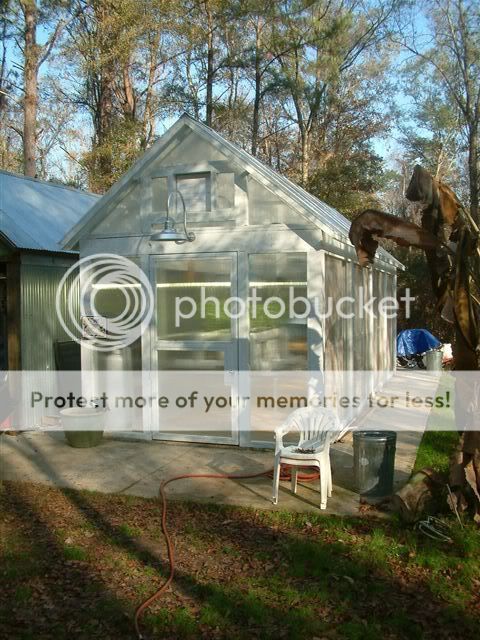








Rick Freeman
Interface Forestry, l.l.c. http://interfaceforestry.com
rick@interfaceforestry.com




Rick Freeman
Interface Forestry, l.l.c. http://interfaceforestry.com
rick@interfaceforestry.com








Rick Freeman
Interface Forestry, l.l.c. http://interfaceforestry.com
rick@interfaceforestry.com




www.nu-trac.info - new life tracks – growing organic, conservation, self reliance












www.thehappypermaculturalist.wordpress.com
















 1
1




There is nothing permanent in a culture dependent on such temporaries as civilization.
www.feralfarmagroforestry.com




Our inability to change everything should not stop us from changing what we can.
 1
1




There is nothing permanent in a culture dependent on such temporaries as civilization.
www.feralfarmagroforestry.com




Brenda Groth wrote:mine is double wall polycarbonate with aluminum framing..i am fairly well pleased with it as it has lasted me for well over 20 years now..and it has more than paid for it's original $1,000 price tag in saved plants..



















Bill Kuhn wrote:Here in the mountains east of Albuquerque, we need a greenhouse to extend our growing season on both ends, as it is otherwise too short for most peppers or tomatoes. And then, because we cover it with solex, which only transmits 71% of the light, we get to grow cool weather crops like kale and lettuce in intense summer sun. Without it, they just bolt. Permaculture for food is kind of tough in the high desert mountains, unless you live on pinon nuts! And, to reduce water use (a VERY big deal for us), we use Sub-Irrigation Planters (see globalbuckets.org). Really simple, clean, productive, and successful for us so far...
find religion! church
kiva! hyvä! iloinen! pikkumaatila
get stung! beehives
be hospitable! host-a-hive
be antisocial! facespace








 1
1




Joannah Stutchbury wrote:Hi everyone, I am from Kenya in Africa and many NGOs are starting to promote the use of green houses here to help prevent famine and create income generation. My own limited experience with greenhouses (closed plastic ones) is that they get infested with all kinds of mildew etc. I understand you have to create a healthy environment and give the plants space, but it gets sooooooooooo hot and humid in there................... The companies who sell the greenhouses also sell them together with a "kit" of chemical fertilisers; chemical pest control and GMO seeds, so we have a long way to go!!
Does anyone have any useful tips for me for growing veg in greenhouses a) where it averages 90 - 100+ degrees most days and b) where there is no shade (no trees!). thanks
"You must be the change you want to see in the world." "First they ignore you, then they laugh at you, then they fight you, then you win." --Mahatma Gandhi
"Preach the Gospel always, and if necessary, use words." --Francis of Assisi.
"Family farms work when the whole family works the farm." -- Adam Klaus





find religion! church
kiva! hyvä! iloinen! pikkumaatila
get stung! beehives
be hospitable! host-a-hive
be antisocial! facespace
 1
1





 2
2




Our inability to change everything should not stop us from changing what we can.
 1
1








Marianne
check us out @ www.cricketscove.net
 2
2




There is nothing permanent in a culture dependent on such temporaries as civilization.
www.feralfarmagroforestry.com





Our inability to change everything should not stop us from changing what we can.
 1
1




There is nothing permanent in a culture dependent on such temporaries as civilization.
www.feralfarmagroforestry.com

 1
1




Our inability to change everything should not stop us from changing what we can.
 1
1




There is nothing permanent in a culture dependent on such temporaries as civilization.
www.feralfarmagroforestry.com

 1
1




Our inability to change everything should not stop us from changing what we can.




There is nothing permanent in a culture dependent on such temporaries as civilization.
www.feralfarmagroforestry.com

| I agree. Here's the link: http://stoves2.com |






